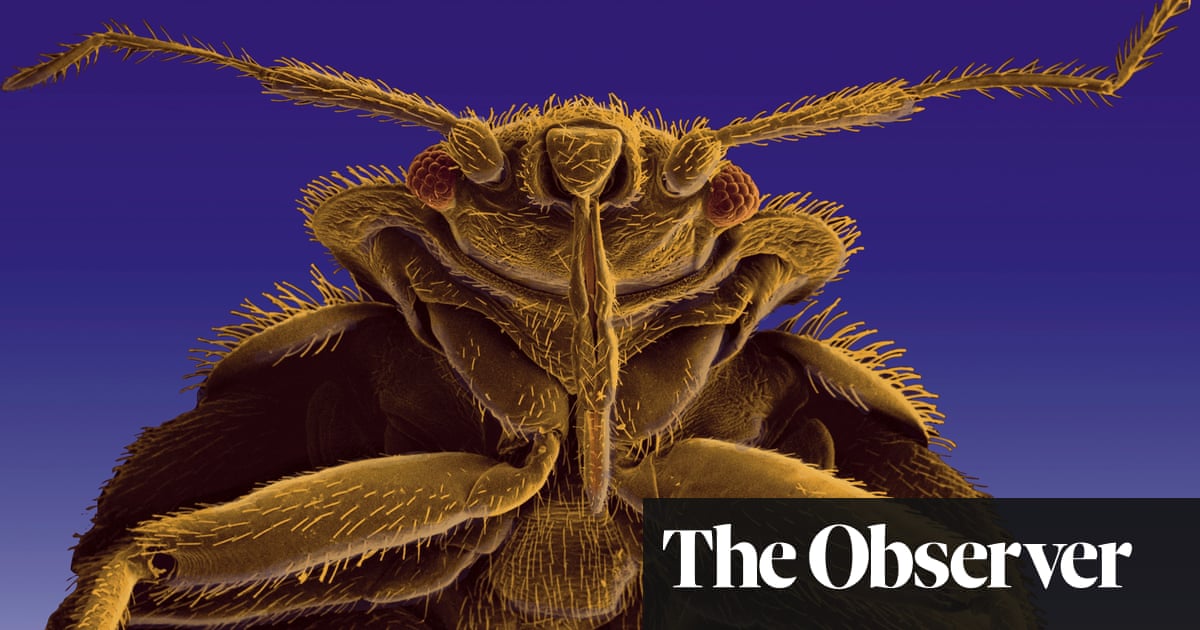From plumbing to public baths, the Romans left their mark on Britain’s health. But it may not have all been positive. Archaeologists working at Vindolanda, a Roman garrison site south of Hadrian’s Wall in Northumberland, have unearthed fresh evidence that the Romans also brought us … bedbugs.
Dr Andrew Birley, who heads the Vindolanda archaeological team, said: “It is incredibly rare to find them in any ancient context.”
The discovery was made by Katie Wyse Jackson 24, a University College Dublin (UCD) student working on the excavated material as part of her research masters in archaeoentomology, the study of insects at archaeological sites.
Focusing on one of Vindolanda’s lowest layers, which dates to around AD100, she recovered two thoraces believed to have come from the common bedbug known by its Latin name, Cimex lectularius. With needle-like mouthparts, they pierce the skin of humans to suck their blood.
“Finding this kind of thing helps humanise the people of the past,” said Wyse Jackson. Noting that Pliny, the Roman philosopher, wrote of the medicinal value of bedbugs in the treatment of certain ailments, such as ear infections, she added: “People then had all sorts of notions of what insects could do.”
The specialist team included Dr Stephen Davis, a lecturer in environmental archaeology at UCD. He said that there is one other Roman site in England where these were previously found – Alcester in Warwickshire – but the Vindolanda ones would be “the earliest found in Britain so far”.
In analysing soil samples, she has also found beetles that can give further insights: “I can learn about trade, food storage, hygiene, waste disposal from what species are present and in what numbers. At the moment, I’m finding a large amount of grain and dung beetles.
“So we’re really not looking at a clean space here. Most importantly, a large proportion of the insects I’m finding are what we call synanthropic. They live in close proximity to humans.
“The Romans do have that reputation as being extremely clean and so it’s interesting to find all of these insects that are contrary to that.”
One theory is that the Romans brought bedbugs to Britain in their straw mattresses. Wyse Jackson said: “It’s very likely they came with whatever the Romans were bringing over. Today, we see bedbugs travelling on aeroplanes in luggage, in clothes. “The Romans were bringing over clothes, straw, grain in great quantities as they were setting up their camps. So it’s the perfect opportunity for one or two bedbugs to hitchhike over.”

